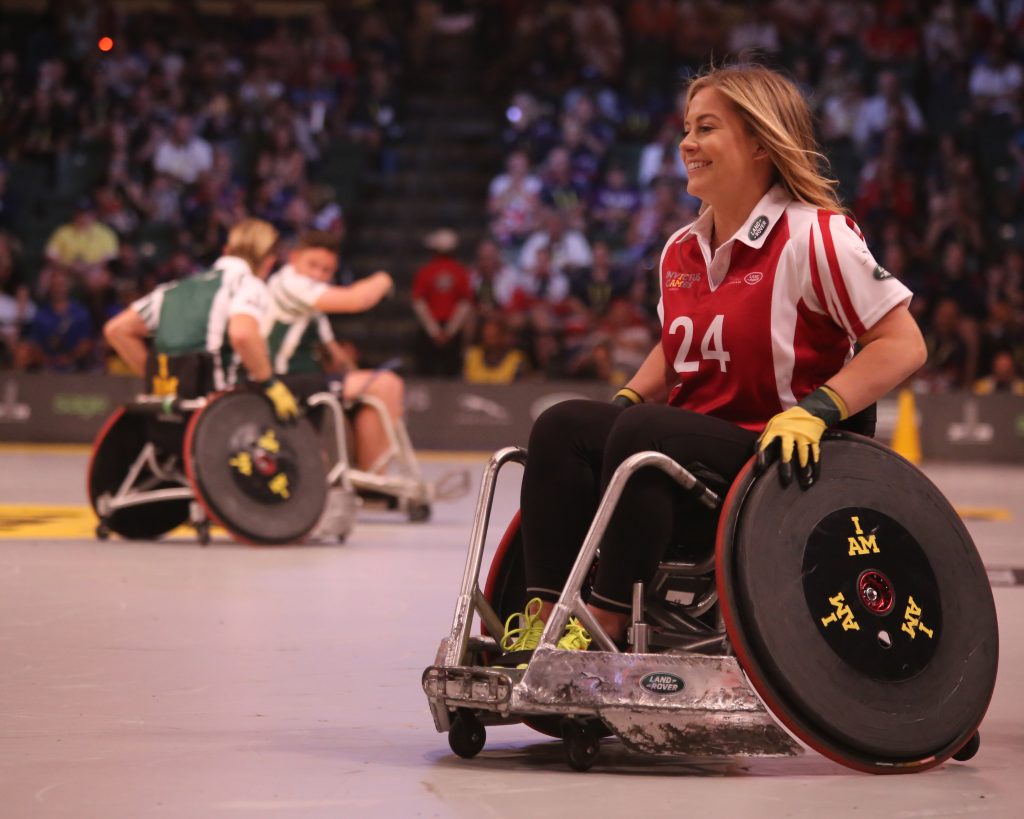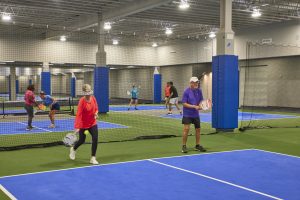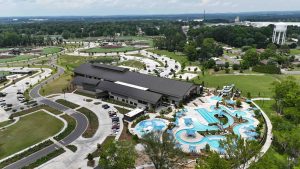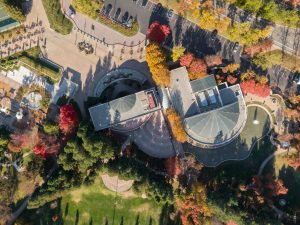Image courtesy of Audi Nissen on Unsplash
I have been a benchwarmer for nearly my entire life. I played soccer for over 10 years and probably spent about 2 or 3 hours total on the field of an actual game. I knew very early on that I wasn’t very good and that I would probably never get more game time, but the feeling that I got from just being part of a team was enough to keep me going to every practice. But for the 20 percent of all youth with a disability or chronic condition, that feeling of being on a team can feel completely out of reach no matter their skill level. Being cut from a team is hard to deal with but feeling as though you are excluded from an entire sport or a sports facility is even worse. In this article, we’re going over some of the things you can do at your facility to ensure that nobody ever gets the feeling that they don’t belong there.
ADA Compliance
First and foremost, it is important (and required by law) for your facility to be ADA-compliant. Some of the big requirements are to provide guests with handicap parking spaces that are closest to the wheelchair-accessible entrance (and of course, having this entrance). If the entrance is elevated, there must be a ramp leading to it with a maximum slope of 1 inch of rise for every foot of travel, which is a 4.8º angle or an 8.3 percent grade. The entrance of the facility should have a door that is at least 36 inches wide and has an ADA-compliant door handle that is between 34-48 inches from the ground. Make sure that the handle height is measured from the floor itself and not the bottom of the door. It is not required but it is recommended that you install an automatic door button at the entrance to make it as easy as possible for anyone with a disability to enter your facility. Once inside the facility, it is important to include an elevator if there is more than one floor and to cover any wires or cords around the facility with a cord cover to allow for a wheelchair to easily roll over it.
Adaptive Sports Programs
Sports are for everybody. But not every field or court is designed to be used by everybody. Some sports just require a special set of equipment to be more accessible, like sled hockey or wheelchair basketball. But sadly for those interested in these sports, the equipment can be very expensive and there might not be a league for those sports. That is why it is important to design fields and courts that are accessible to all and to promote events happening on those fields to make sure that there will be enough players to get a game going. At Elizabethtown Sports Park there is a “Miracle Field” designed to be used by anyone with a disability. It is a baseball diamond that uses a rubberized surface for the entire field instead of the usual mix of grass and dirt. The bases and lines are painted on so that if a player is in a wheelchair or if they are visually impaired, they won’t get caught up on any uneven surfaces. The field has been used for games of kickball, baseball, t-ball, and birthday parties for people with and without disabilities. It is a fantastic addition to the facility and community that provides an opportunity for people with a disability to participate in something that is normally not available to them.
Inclusivity for Guests
Aside from the ADA requirements and adaptive sports programs mentioned above, there are several amenities that you can incorporate into your sports facility that can provide both athletes and guests alike with a safe and comfortable experience. A great example is the quiet rooms and sensory bags that are used at Rocky Mount Event Center. These can provide guests experiencing a sensory issue with a designated place to escape from the noise or a bag of items that can help them with their sensory issue without having to leave the environment. Rocky Mount Event Center partnered with a nonprofit organization called KultureCity to receive training in recognizing a sensory issue when it happens and how to help someone experiencing a sensory issue. The sensory rooms are just designated quiet rooms that someone can go to if they need to. The sensory bags contain items such as noise-canceling headphones, fidget tools, verbal cue cards, and a weighted blanket. This is a great option because it allows guests to continue to enjoy the event they are attending without having to miss a moment by going to a sensory room. Instead, the benefits of the sensory room come right to them. If your facility is already constructed and there isn’t any room for a sensory room, KultureCity also has sensory activation vehicles that can be rented for events that literally bring a sensory room to you.
If you are interested in making your current or future facility more accessible and inclusive, check out the programs that KultureCity offers and contact us to help make your facility inclusive and welcoming for anyone and everyone in your community.






